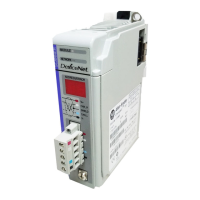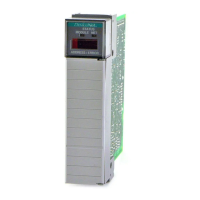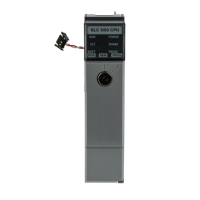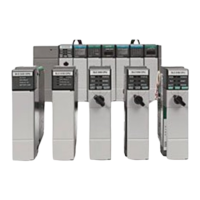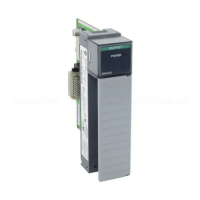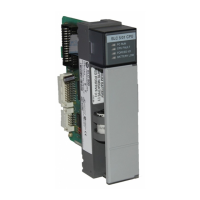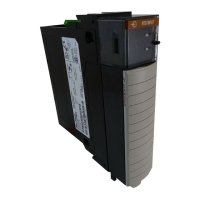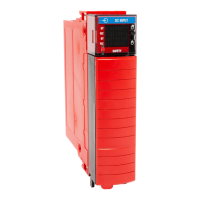SLC 500 BASIC and BASIC-T Modules 5
Publication 1746-IN009B-EN-P - August 2005
Before You Begin
Before you begin to install the BASIC module and BASIC-T module, you need to:
• identify the communication ports,
• locate the LED indicators, and
• set the module jumpers.
Identify the Communication Ports
There are three communication ports on the front of the BASIC module and
BASIC-T module. They are:
• PRT1
• PRT2
• DH485
The PRT1 port is used to interface the module with user devices. This port is a
serial port that accommodates RS-232/423, RS-422, and RS-485 communication
modes. Port PRT1 is capable of operating full-duplex at 300, 600, 1200, 2400, 4800,
9600, and 19200 bps.
The PRT2 port is used to interface the module with user devices or a modem using
DF1 protocol. This port is a serial port that accommodates RS-232/423, RS-422, and
RS-485 communication modes. Port PRT2 is capable of operating full-duplex at 300,
600, 1200, 2400, 4800, 9600, and 19200 bps.
The DH485 port is used to interface the module with the DH485 network. This port
is not isolated and cannot directly drive the DH485 network. You must use a
1747-AIC link coupler to link port DH485 with the DH485 network.
Refer to Figure 1 for the location of the communication ports.
Locate the LED Indicators
There are eight LED indicators on the front of the BASIC and BASIC-T modules.
These LED indicators are used for module diagnostics and status indication. Refer to
Figure 1 for the location of the LED indicators.
IMPORTANT
When DF1 protocol is selected on port PRT2, DH485
communications is disabled.
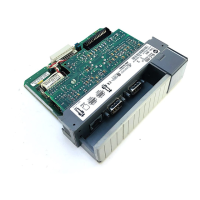
